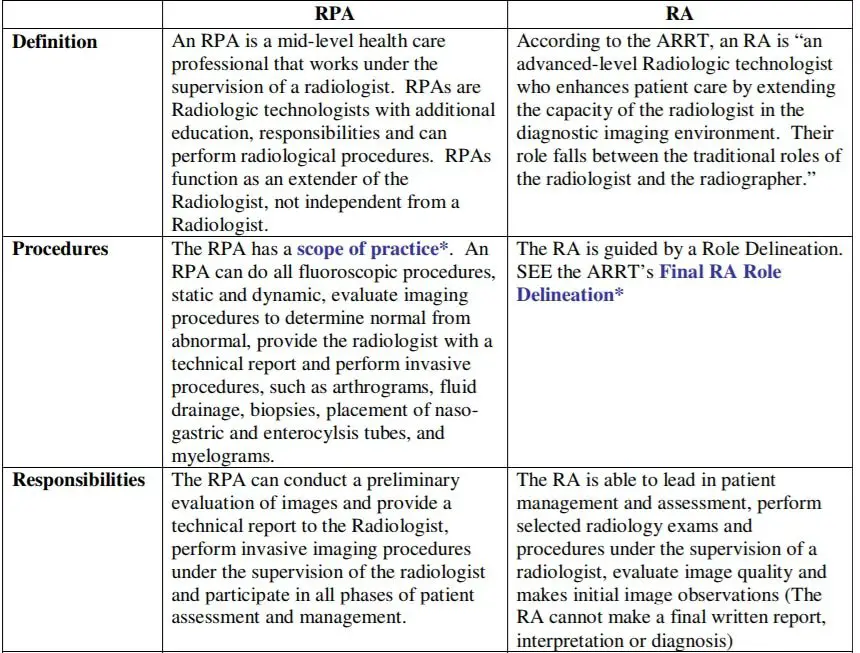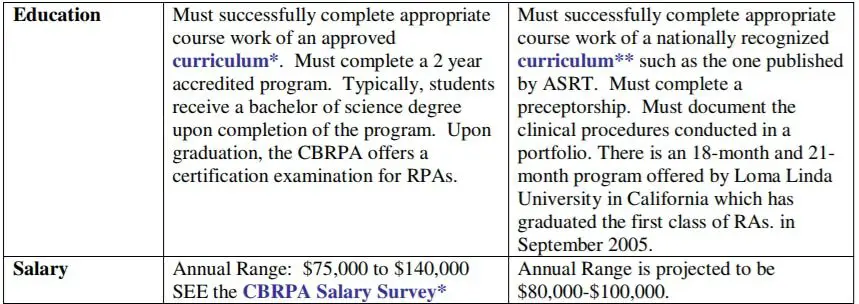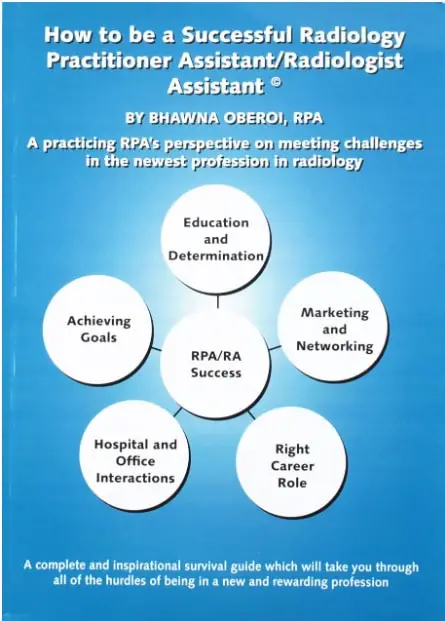The career path for Rad Techs is ever-changing, evolving in response to technological advancements, healthcare reforms, and shifts in patient needs. But recently, we’ve witnessed a significant transformation – the fading away of a once thriving career path: the Mid-Level Provider role.
This role, which was seen as an essential stepping stone for Rad Techs aiming for advanced clinical practice, seems to be losing its sheen and relevance in the contemporary healthcare ecosystem.
In this article, we delve into the reasons behind this seeming demise, exploring the shifting dynamics and changing perceptions that have led to the dwindling appeal of the Mid-Level Provider role for Rad Techs.
As we peel back the layers, we will also ponder the potential impacts this trend may have on the broader radiology field and consider new emerging opportunities that could reshape the future career path of Rad Techs.
In the beginning, there was a purpose.
I was exchanging emails with my Alma Mater when I got the news. It completely caught me off guard and leaves me with concern. Concern for the advancement opportunities for future radiologic technologists out there. I’m also concerned about the lack of mid-level providers who can assist our declining population of radiologists. As of now, Weber State is no longer offering the Radiology Practitioner’s Assistant program at their Ogden, Utah campus. They were the only campus to champion the bold career for the past 20 years.
It started as a military initiative in the early 1990s. The military was hiring Nurse Practitioners and Physician Assistants to assist in military and civilian imaging centers. They were fully capable of assessing patients, charting pre and post-procedure notes and performing minor procedures. However, it was never a part of the NP or PA curriculum to learn how to operate the imaging equipment or perform invasive and interventional imaging procedures. (source) That was when Drs. Babu and Bender from the U. S. Army at Madigan Army Medical Center in Tacoma, WA decided to approach a university with a solution.
Around 1993
It was around 1993 when these two came up with the idea. The idea was to provide advanced training to rad techs in an effort to create a new hybrid role similar to a radiologist assistant. This RA would be similar to the NP and PA but also capable of performing advanced imaging procedures. The doctors approached Weber State Univesity with the idea of a joint venture to expand on the current radiography program. They chose Weber State because of its excellent reputation in radiography programs. The outcome of this new program would produce Radiology Physician Assistants or RPAs. The Radiology Physician Assistant would have been deployed to remote military teleradiology sites that had no military- or a civilian-contracted radiologist on location.
The idea was drafted into a plan.
The program was drafted by Laurence Briggs RT(R) in the Army Medical Corps. It would be considered a hospital-approved research protocol. By late 1993, the proposal made it into the hands of Dr. Robert Walker and Dr. Jane Van Valkenburg. Dr. Walker is the current Chair of Weber State’s Department of Radiologic Sciences at WSU and Dr. Van Valkenburg was the former chair. Working together, a promising program was built to educate mid-level providers from the radiology sector. Due to military setbacks in funding, the military finally decided to step out of the program. It took a few years before the military would finally concede and withdraw from the project. Having already done all of the legwork in designing courses, Weber State decided to start the program on its own in 1996. It was offered to the civilian population only.
super tech
There was also a clear need for a credentialing body to certify this new breed of “super tech.” The Certification Board of Radiology Practitioners Assistants was created on March 11, 1998, and a board exam was born. The program was off and running and spent the next 20 years educating RPAs. Due to unclear naming concerns, the title was changed to Radiology Practitioner Assistants and the first class graduated in 1999.
The part of the story I won’t get into is the murky underbelly of the disconnect between the RPA program and the ASRT and ARRT. At this point, it is hard to tell what is folklore and what is the reality. I can tell you for a fact that I was in the RPA program from 2012-2013 at Weber State. In my third semester, the clinical site where I was performing my clinical rotations was bought by a larger healthcare system and closed.
Since you have to provide your own clinical location to be in the program, my involvement with the RPA program came to an abrupt halt. But while I was in the program, I was told by university employees that the ARRT came to discuss the curriculum for the RPA with the intent of starting their own program, known today as the RA or Radiologist Assistant. Regardless of how it played out, there soon became two distinct programs: RPA and RA.
It was destined to be an uphill battle.
Not only were RAs backed by the ARRT and ASRT, but RPAs were also outright hated among certain groups… like physicians who felt threatened by “another CRNA.” The author writes “Enough is Enough!!! We should stand up against RPAs and not let this progress!!!”
The RA program was fully backed by the ARRT…which is backed by the ACR. The ASRT also backed the RA program. This is something the RPA program never felt it had. So it really doesn’t come as a shock to me when I hear that what had been feared for many years…finally happened. The RPA program closed. Weber has now opted to join the ranks of the schools offering the RA program. A smart move on their part, really. I can’t help but feel a little “if you can’t beat, join ’em” happened here but I’m not an employee and don’t know what all went on behind the scenes.
Admittingly, I have a soft spot for RPAs. After all, I was trying to become one. It was clear from the beginning that the RPA would have more laterality in the field than the RA. The American College of Radiology (ACR) wasn’t too keen on a “super tech” doing preliminary interpretations. So they built their curriculum to mimic the RPA but would not allow RAs to dabble in preliminary interpretations. Here’s a good comparison of duties that show RPA to have more abilities than RAs.
A side by side comparison, provided by RadSciences.com



There’s a great source here that gives much more detail than I have if you are interested. The certifying body (CBRPA) has their version of the story here and continues to function and support its members. Either way, there is one less career path for rad techs and advancement for radiology techs. And with RPAs being granted the ability to cross-test into the ranks of RAs, everybody wins in the end…I guess. Around 2008, there were 350 RPAs according to this article. There is no current total listed on the CBRPA website.
I still have a series of RPA Newsletter that Jane sent out. I’ll upload them to my server and link them here for memorabilia.
(2013 – October, December | 2014 – January, February, March, April, May, August, September) There is also a Recertification Issue.
Please help promote the field of radiography by sharing our posts on social media. Pick a button from the left side of the page.
Additional Information:
If you are curious about the career path for rad techs, I have written some articles on various topics:




